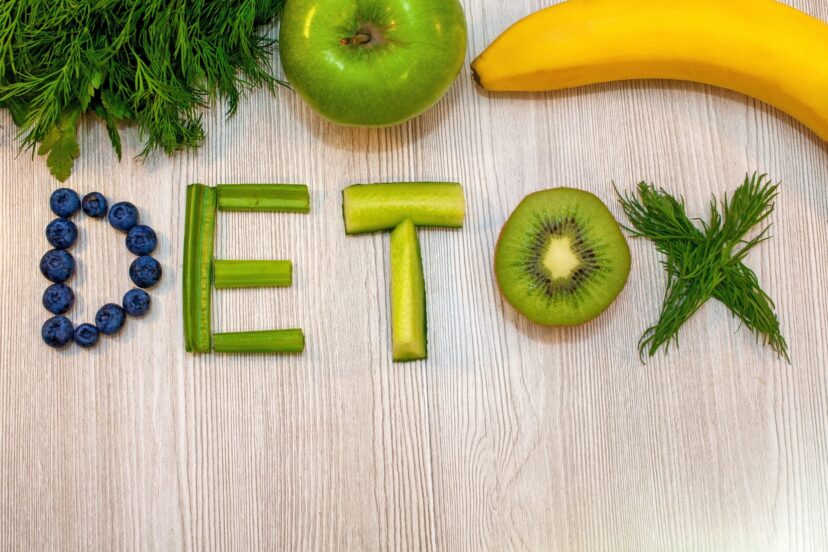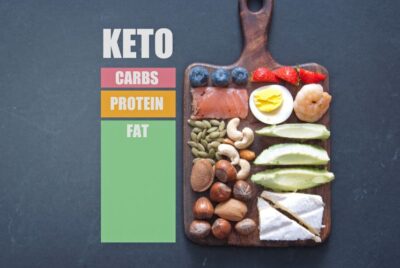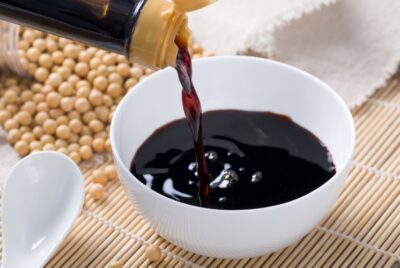Understanding the Keto Cleanse: Detox the Low-Carb Way
The ketogenic diet is well known for its fat-burning benefits, but many people are now turning to a keto cleanse to kickstart results, reset their system, and reduce inflammation. But what exactly is a keto cleanse—and is it the same as a traditional detox?
In this guide, we’ll break down everything you need to know about the keto cleanse, including how it works, what to eat, and how it can benefit your body. Whether you’re starting your keto journey or trying to bust through a plateau, this might be the reset you need.
What is a Keto Cleanse?
A keto cleanse is a short-term, structured way to detox your body using clean, whole, low-carb foods. It focuses on eliminating inflammatory ingredients, processed foods, and hidden sugars while helping your body enter (or deepen) a state of ketosis.
Unlike juice cleanses or traditional detoxes, a keto cleanse is designed to support fat burning and stable energy levels while reducing bloating, brain fog, and cravings.
Why Do People Opt for a Keto Cleanse?
There are several reasons why individuals might be drawn to a keto cleanse.
1. Weight Loss Potential
One of the most prominent reasons is the potential for weight loss. When the body enters ketosis, it’s burning fat for energy, which can lead to a decrease in body fat.
2. Cognitive Function Improvement
Some people report enhanced mental clarity and focus when on a keto cleanse. The idea is that by reducing sugar in your diet, you’re eliminating energy crashes associated with blood sugar spikes.
3. Metabolic Benefits
A keto detox can potentially lead to improved insulin sensitivity and other metabolic benefits, contributing to better overall health.
4. Clearer Skin & Better Sleep
Many report better skin and more restful sleep after just a few days.
What to Eat on a Keto Cleanse
Focus on whole, unprocessed, low-carb foods:
- Leafy greens (spinach, kale, arugula)
- Cruciferous veggies (broccoli, cauliflower, cabbage)
- Grass-fed meat, wild-caught fish, organic eggs
- Healthy fats (avocado, olive oil, coconut oil)
- Bone broth
- Fermented foods (kimchi, sauerkraut)
- Herbal teas and filtered water
Avoid:
- Dairy (can be inflammatory)
- Sweeteners (even keto-friendly ones)
- Nuts and seeds (limit to reduce bloat)
- Processed meats
- Packaged low-carb snacks
Sample Keto Cleanse Meal Plan (1 Day)
Breakfast: Scrambled pasture-raised eggs with spinach and avocado
Lunch: Grilled salmon over mixed greens with olive oil vinaigrette
Snack: Bone broth or cucumber slices with sea salt
Dinner: Grass-fed beef and cauliflower mash with steamed kale
Drink: Herbal tea, lemon water, or apple cider vinegar tonic
How Long Should a Keto Cleanse Last?
Most keto cleanses last 3 to 7 days, depending on your goals and how your body responds. Even a short 3-day reset can help reduce cravings, promote detox, and prepare your body for deeper ketosis.
Foods to Avoid
Avoid foods high in carbohydrates, including bread, pasta, rice, most fruits, beans, and starchy vegetables like potatoes. Sugary foods, drinks, and most alcoholic beverages, which are typically high in carbs, should also be avoided. Additionally, steer clear of unhealthy fats and oils, as well as processed “low-carb” foods that can contain hidden carbs and additives. It’s always best to consult a healthcare provider before starting any new diet plan.
Potential Challenges and Solutions
Like any diet, this cleanse can come with challenges.
The Keto Flu: As your body adjusts to ketosis, you may experience flu-like symptoms known as the “keto flu.” To ease these symptoms, make sure to stay hydrated and get plenty of rest.
Nutrient Deficiency: There’s a potential risk of nutrient deficiency with a keto detox. Consider taking supplements or adding nutrient-rich foods to your diet to compensate.
Final Thoughts
A keto cleanse isn’t about starvation or extreme restrictions—it’s about nourishing your body with clean, healing, low-carb foods that support your ketogenic lifestyle. To make the most of your reset, consider stocking up on essentials like a quality electrolyte powder to replenish minerals lost during detox, or an MCT oil to boost fat-burning energy and mental clarity.
A good collagen protein powder can also support gut health and skin repair while keeping your macros on point. Use your cleanse as a jumpstart, a way to reconnect with whole, nutrient-dense eating, and to simplify your approach to keto. Your body will thank you—and these small tools can help you feel the difference.
Frequently Asked Questions
1. What is a keto cleanse? It combines the principles of a ketogenic diet with a cleanse, aiming to transition your body into using fat for fuel and removing toxins.
2. What can I eat while doing the cleanse? You should focus on healthy fats, lean proteins, and non-starchy vegetables while avoiding high-carb foods.
3. What are some benefits? Potential benefits include weight loss, improved cognitive function, and better metabolic health.
4. What are some challenges of this? You may experience flu-like symptoms as your body adjusts to ketosis, and there’s a potential risk of nutrient deficiency.
5. Should I try a keto detox or cleanse? This decision depends on your personal health needs and goals. Always consult with a healthcare professional before starting a new diet or cleanse.
6. Should You Try a Keto Cleanse? Deciding whether to try a keto detox or cleanse is a personal decision and depends on your health goals and needs.




